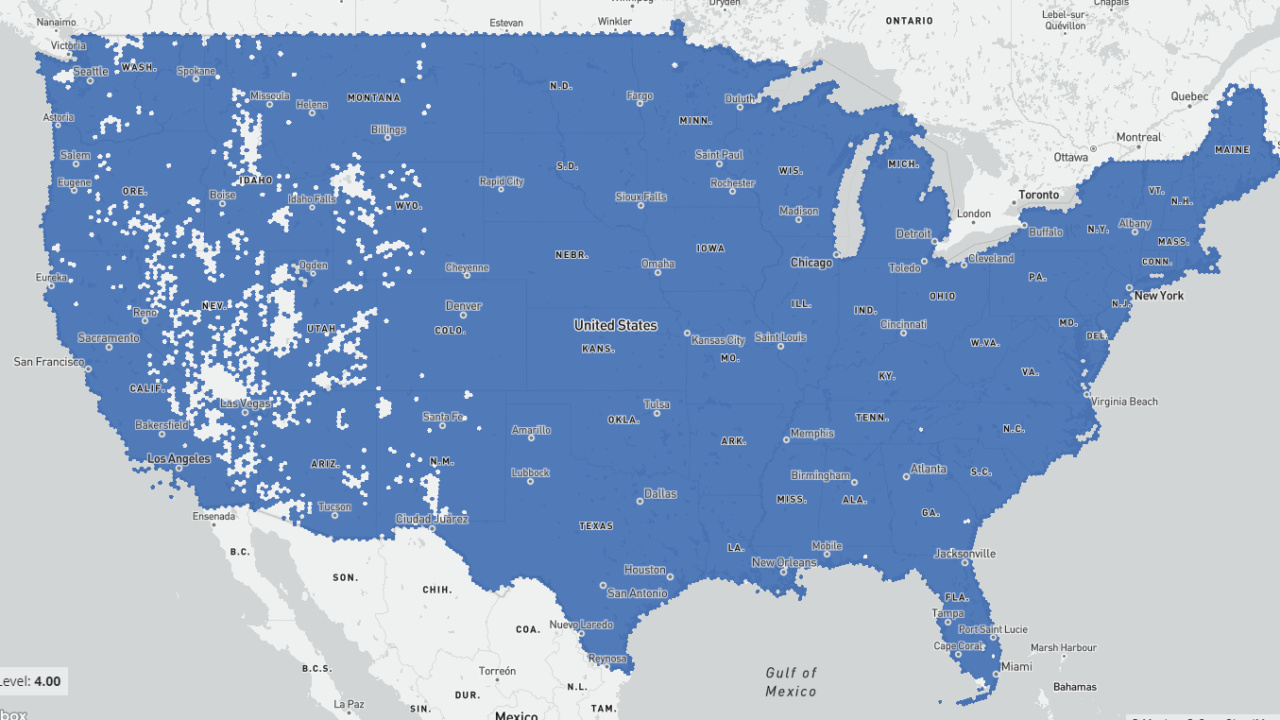
FCC’s New Broadband Coverage Maps Are a Great First Step
The Federal Communications Commission released the first draft of its new broadband coverage maps on November 18, a vast improvement over the inaccurate maps upon which the FCC had previously relied. The interactive fabric can be found here.
Due to flawed methodology, existing maps had badly overstated broadband coverage, indicating that whole census blocks were connected to high-speed broadband when only a few homes were fully online. Inaccurate data led to billions of taxpayer dollars being wasted in past broadband expansion efforts and to ISPs getting big-footed out of markets they already served by government-subsidized competitors. Recognizing this waste, Congress passed the Broadband DATA Act in early 2020 to make sure that the FCC had reliable maps and could identify where future subsidies were truly needed.
The flawed older maps had relied on census-block data self-reported by ISPs with little outside input. By contrast, the new map is a granular, interactive, location-by-location fabric that indicates whether or not each address in America is served by high-speed broadband. Any consumer can look up his or her address and see if they have access to broadband internet service based on ISP data.
Importantly, this is just the beginning of an iterative process. Now that the ISP-submitted data has been made public, consumers and third parties are easily able to submit challenges to the information reported. If, for example, the map indicates that your address is served by speeds of 25/3 Mbps but a series of speed tests you run at home consistently show your speeds at 10/1 Mbps, you can submit a description of the discrepancy to the FCC using a built-in interface. FCC staff will then consider your challenge against crowdsourced challenges from others and adjust the maps accordingly. A “final” draft that will be used to guide federal broadband funding will be released this coming spring after this process is complete, but the maps will be continuously updated and refined on an ongoing basis.
By allowing ISPs to establish a baseline and then crowdsourcing corrections and challenges, the FCC will maximize the accuracy of the data it is collecting. Doing so through an iterative process will enable them to refine the data over time and give consumers and policymakers an ever-improving tool to determine need. The private sector will also be able to use this data to identify growth opportunities in unserved markets they may have previously missed, getting more Americans internet access.
Despite the private sector investing nearly $1.7 trillion in the past 25 years to expand broadband on its own, government broadband programs continue to proliferate. The Infrastructure Investment and Jobs Act alone allocated $65 billion for broadband expansion and mandated that the money be spent according to need as indicated by this new map. Accurate maps are therefore essential to protecting taxpayers by ensuring their money is spent as efficiently as possible.
Digital Liberty applauds the FCC’s and ISPs’ initial effort, and we look forward to the final draft of the new map due in spring 2023.